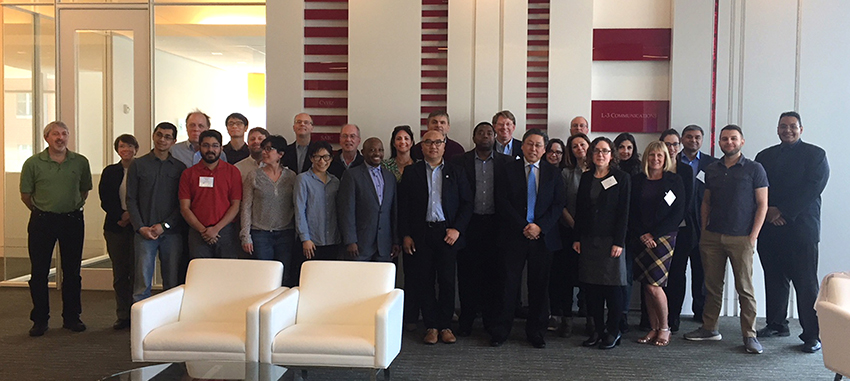
Non-Classical Behaviors in Biological Functions: Potential for Smart Sensing
There has been a growing body of published literature as well as an increasing number of conferences on the fundamental aspects of quantum effects in biology. In contrast, there have been few discussions on the prospects of incorporating quantum biology behavior (or other non-classical behavior) into engineered device structure and systems. Such non-classical biophysical processes can lay the foundation for a new revolutionary class of sensing modalities and opens the possibility of “seeing” (and extending) beyond our current detection capabilities in monitoring our surroundings.
Under this basis, a strategic workshop was organized and hosted by Johns Hopkins University (JHU) and in collaboration with the National Institutes of Health (NIH) on April 12-13, 2018 in Arlington, Virginia. Funding was provided by the Air Force Office of Scientific Research.
Non-Classical Behaviors in Biological Functions: Potential for Smart Sensing
Executive Summary
In recent years, there has been increasing evidence of non-classical (e.g., quantum mechanical, biophysical processes, collective behavior, etc.) behavior appearing to play non-trivial roles in certain biological function. These examples appear wide-ranging from photosynthesis being ubiquitous in plants to magnetoreception or collective motion in certain animal species. Just as nature may leverage quantum effects to enhance efficiency or functionality, thereby confer a competitive biological advantage, could similar non-classical biophysical effects be leveraged in non-biological systems, and thus create a competitive advantage? There has been a growing body of published literature as well as an increasing number of conferences on the fundamental aspects of quantum effects in biology. In contrast, there have been few discussions on the prospects of incorporating quantum biology behavior (or other non-classical behavior) into engineered device structure and systems. Such non-classical biophysical processes can lay the foundation for a new revolutionary class of sensing modalities and opens the possibility of “seeing” (and extending) beyond our current detection capabilities in monitoring our surroundings.
Under this basis, the first (of its kind) strategic workshop organized and hosted by Johns Hopkins University (JHU) and in collaboration with the National Institutes of Health (NIH) was held on April 12-13, 2018 in Arlington, Virginia. The overarching objectives of this workshop were more than to assemble a group of world-class scientific leaders in the non-classical fields and to update each other on their particular research, but rather bring disparate groups together to address the following:
- Review (briefly) key findings and the progress to date in the field;
- Explore advanced tools and techniques needed to identify new/non-classical behavior and/or provide unmistakable signatures of non-classical effects in biological systems;
- Identify challenges and potential approaches/applications, such as smart sensors, for the incorporation of non-classical behavior.
Over the two days, the workshop was partitioned into six sessions covering the overarching objections. The range of topics covered in this workshop is in foundational areas relevant to the Physical and Biological Sciences Branch (RTB) of the Air Force Office for Scientific Research (AFOSR). Moreover, leveraging biophysical behaviors could bring new, orthogonal capabilities to future Air Force systems in the form of designing and implementing advanced sensing devices. In other words, further research in this area would generate fundamental knowledge that could be transformational in enabling U.S. Air Force operations to have enhanced sensing and improved, robust situational awareness. Foe instance, understanding how living (biological) systems utilize quantum behavior at the nanoscale, which is hierarchically expressed in a “macroscopic” function, could inspire future technology in a wide variety of Air Force applications, such as enabling advanced dynamic control using unconventional sensory systems, thereby provide more versatility and/or performance.
A final version of the complete workshop report will be available shortly. Below is a draft version.Non-Classical Behaviors in Biological Functions: Potential for Smart Sensing
Meeting Agenda
April 12-13, 2018
Virginia Tech Research Center - Arlington, VA
Day 1 - April 12
Day 2 - April 13
| Day 1 - April 12 | ||
|
Time
|
Description
|
|
| 8:00 - 08:30 AM | Registration and Continental Breakfast | |
| 8:30 - 08:40 AM | Welcome and Introductions Larry Nagahara, Johns Hopkins University Michael Espey, National Cancer Institute/National Institutes of Health Holly Goodson, University of Notre Dame Jennifer Ogilvie, University of Michigan, Ann Arbor |
|
| 8:40 - 10:10 AM | Panel Session 1: Non-Classical Behavior Introduction Larry Nagahara, Johns Hopkins University Girish Agarwal, Texas A&M University Paul Brumer, University of Toronto Jeffrey Gilman, National Institutes of Standards and Technology Andrew Greentree, Royal Melbourne Institute of Technology |
|
| 10:10 - 10:30 AM | Break | |
| 10:30 - 12:00 AM | Panel Session 2: Non-Classical Biological Function (Magneto-navigation): From Proteins to Cells Holly Goodson, University of Notre Dame Moumita Das, Rochester Institute of Technology Maria Procopio, Johns Hopkins University Robert Usselman, Montana State University |
|
| 12:00 - 1:00 PM | Working Lunch: Participants Introductions | |
| 1:00 - 2:30 PM | Panel Session 3: Non-Classical Phenomena as a Probe Jennifer Ogilvie, University of Michigan, Ann Arbor Mabel Coyanis, MINTEK Brant Gibson, Royal Melbourne Institute of Technology Phillip Hemmer, Texas A&M University Vladislav Yakovlev, Texas A&M University |
|
| 2:30 - 3:00 PM | Panel Session 4: Possible Non-Classical Biological Systems Michael Espey, National Cancer Institute/National Institutes of Health Valentina Benfenati, The Institute of Organic Synthesis and Photoreactivity National Resource Council Yun Chen, Johns Hopkins University Dan Sackett, National Institute of Child Health and Human Development/National Institutes of Health |
|
| Day 2 - April 13 | ||
|
Time
|
Description
|
|
| 8:00 - 8:30 AM | Registration and Continental Breakfast | |
| 8:30 - 8:40 AM | Summary of Day 1 Larry Nagahara, Johns Hopkins University Michael Espey, National Cancer Institute/National Institutes of Health Holly Goodson, University of Notre Dame Jennifer Ogilvie, University of Michigan, Ann Arbor |
|
| 8:40 - 10:10 AM | Panel Session 5: Non-Classical Probes Applied to Biology Michael Espey, National Cancer Institute/National Institutes of Health Peter Burke, University of California, Irvine Ted Goodson III, University of Michigan, Ann Arbor Wolfgang Losert, University of Maryland, College Park Makhapa Makhafola, MINTEK |
|
| 10:10 - 10:30 AM | Break | |
| 10:30 AM - 12:00 PM | Panel Session 6: Smart Sensing: Mixing All the Ingredients Larry Nagahara, Johns Hopkins University Rosie Hicks, Australian National Fabrication Facility Chenzhong Li, National Science Foundation Jones Papo, MINTEK Shashank Priya, Penn State University |
|
| 12:00 -12:30 PM | Working Lunch: Wrap-up and Adjourn | |
Non-Classical Behaviors in Biological Functions: Potential for Smart Sensing
Air Force Office of Scientific ResearchSofi Bin-Salamon |
 |
Australian National Fabrication FacilityRosie Hicks |
 |
Johns Hopkins UniversityYun Chen |
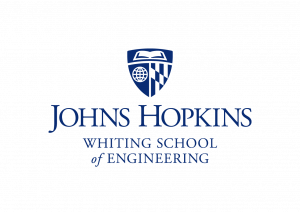 |
MINTEKMakhapa Makhafola |
 |
Montana State UniversityRobert Usselman |
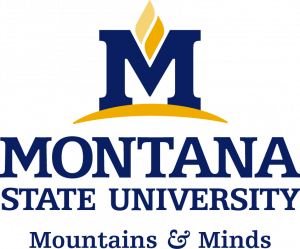 |
National Cancer Institute - National Institutes of Health
|
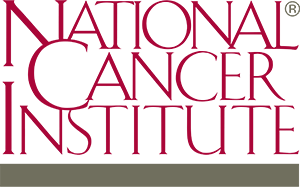 |
National Institute of Child Health and Human Development - National Institutes of Health
|
 |
National Institute of Standards and TechnologyJeffrey Gilman |
|
National Research Council of ItalyValentina Benfenati |
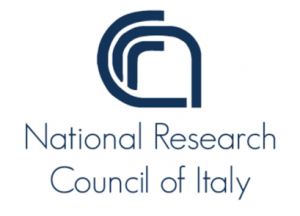 |
National Science FoundationChenzhong Li |
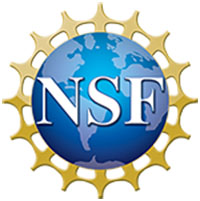 |
Pennsylvania State UniversityShashank Priya |
 |
Rochester Institute of TechnologyMoumita Das |
 |
Royal Melbourne Institute of TechnologyBrant Gibson |
 |
Texas A&M UniversityGirish Agarwal |
 |
University of California, IrvinePeter Burke |
 |
University of Maryland College ParkPhillip Alvarez |
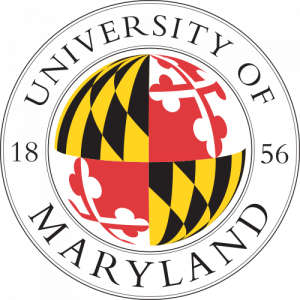 |
University of Michigan, Ann ArborTheodore Goodson, III |
 |
University of Notre DameDean Edun |
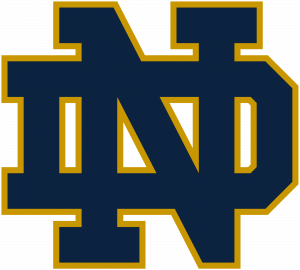 |
University of TorontoPaul Brumer |
 |
